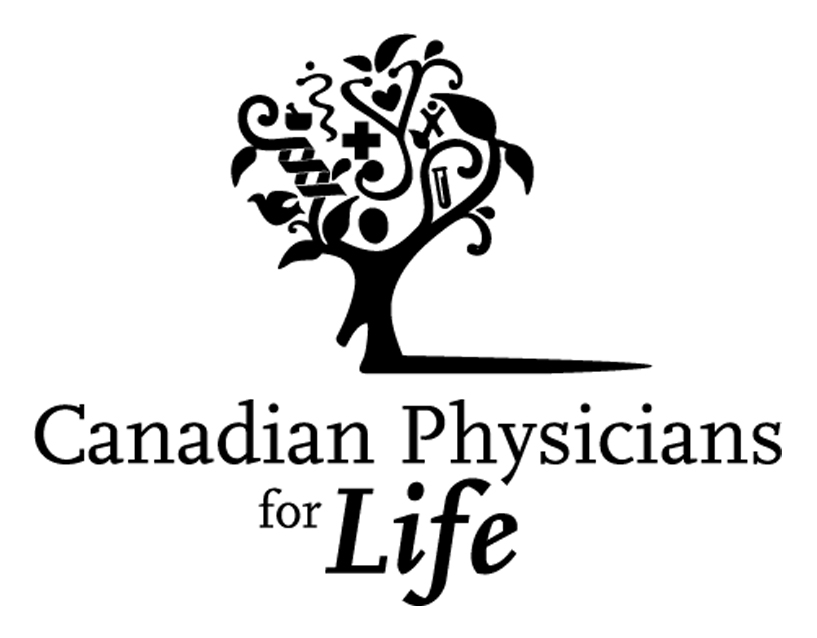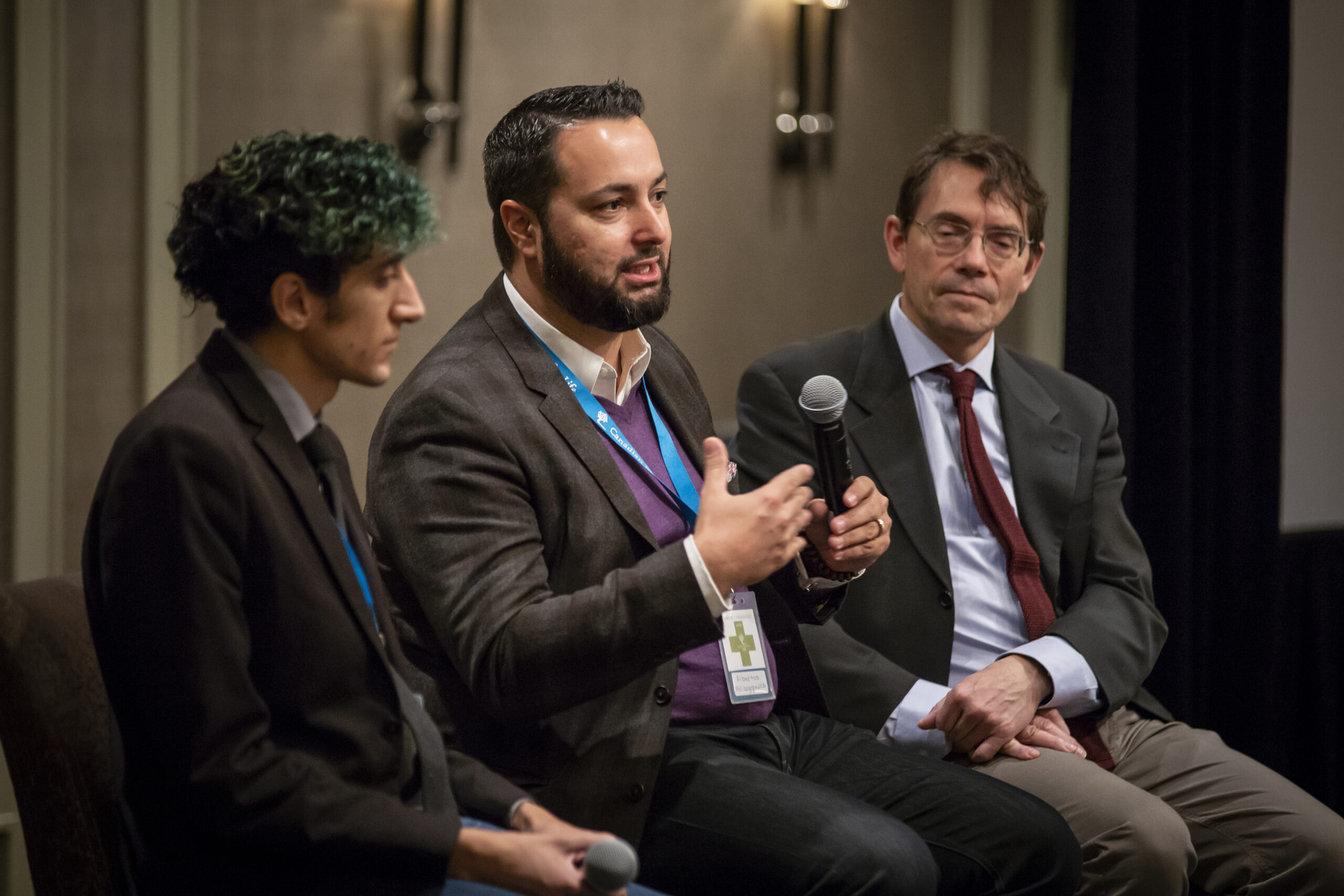
Roe v. Wade – a shot across the border
By Paul Ranalli, MD
Editor’s note. Dr. Ranalli is a neurologist at the University of Toronto.
January 20, 2014 Canada, Roe v. Wade
A comparative history of abortion law between Canada and the United States reflects, in many ways, the behavioural characteristics of our two peoples, and the way they arose from our early history.
The animating spirit of the America is its boldness, its independence, and its rejection of the suffocating tyranny of British crown rule. Canada, on the other hand, was created in 1867 from a hardy but obedient people dominated by original British settlers and those who fled the American Revolution, the “United Empire Loyalists,” as well as the French colony that had been defeated and pacified by the dominant British colonists a century earlier. Thus, the resulting national character infusing Canadians is one of loyalty, obedience, and a sturdy but passive attitude in the face of conflict.
And so it follows with the abortion story above and below the 49th parallel over the past five decades.
The setbacks
“A Cruel and Shocking Act” is the title of a new book by Philip Shenon on the assassination of John F. Kennedy, but might now be seen, after 41 years of carnage, as an apt description of the Supreme Court’s Roe v. Wade decision. The outrageous judicial activism of that ruling represented a boldness that would be unthinkable on this side of the border.
By contrast, Canada’s initial loosening of the previously strong protection for the unborn was smuggled by then-Prime Minister Pierre Trudeau into a 1969 “omnibus” bill, a sprawling piece of legislation. The intent was to quietly open up a range of exceptions to the legal sanctions against abortion, while still keeping it within the federal criminal code.
A much more modest law than the Roe v. Wade result, it was still considered controversial enough that it was passed as quietly as possible. And it worked. Only pro-life activists realized the serious nature of the threat to the unborn and raised a protest, but the majority of the press and public, while not yet in the universal pro-choice lockstep that we see today, were less perturbed by the change in the law.
The second and final judicial blow to protection for the unborn in Canada came in 1988, when a challenge to the existing abortion law by renegade abortionist Henry Morgentaler led the Supreme Court of Canada to strike down the law on the narrow grounds that access to hospitals with abortion committees and services were unevenly available across the country, and that this regional difference constituted a threat to the security of women, as defined by the recently drafted Canadian Charter of Rights and Freedoms (1982).
Unlike the Roe v. Wade decision, which actively created a trimester-dependent right to abortion under the guise of a woman’s right to privacy, the Morgentaler decision simply dissolved the law, leaving a legal vacuum. After a Conservative government attempt to draft a replacement compromise law in 1990 narrowly failed a legislative vote, no government has since even tried to fill the void.
Canadian passivism
This legal vacuum on abortion leaves Canada in the unenviable company of only China and North Korea.
In essence, there is no legal restraint on abortion at any stage in pregnancy, for any reason, anywhere in Canada. Here one sees the damage of even a “passive” decision: a law – as limited as it was – is struck down, with every expectation that it would soon be replaced.
Yet further passivism, and a lack of political will, over the next quarter-century have enshrined a lawless state of fetal killing as the norm. As a more liberal and secular society that the U.S., Canada has largely accepted the practical result.
The abortion judicial void continues, now 25 years and counting.
The comeback
Here is where the story turns around for America. Like a boxer staggered by an unexpected blow, the U.S. Pro-Life Movement picked itself off the canvas, wobbled to its feet, and began the long hard task of coming back. Drawing from a deep well of ingrained American independent spirit and a relentless nature, and now galvanized by a nearly mortal judicial blow, U.S. defenders of the unborn marshalled faith, political savvy, and their own unique brand of optimism in the face of ridicule from the elites.
Here in Canada, we have marvelled at the slow but steady gains, first in the political arena, then in well-constructed court challenges, and finally in the incremental legislative steps that chip away at a law that once seemed unassailable. Under the leadership of National Right to Life, the U.S. movement has gone from strength to strength. Its electoral influence is undeniable at all levels, from the presidency, in Congress, and in state governorship and legislature.
Admiration from afar
The very idea that the Republican Party, one member of a two-party system, has an official pro-life platform is something of which Canadian pro-lifers can only dream. The Pro-Life Movement in the United States is vastly better off than in Canada, where entrenchment of an electorally successful Conservative government under Prime Minister Stephen Harper has been of no help to the unborn.
Unrestrained abortion–all of it taxpayer-funded–is ingrained in Canadian society, and the liberal media elites stand ready to launch a pit-bull defence on even the slightest incremental measure. The result is that abortion opposition is now considered to be the “third-rail” of Canadian politics – touch it, and you die.
As a small-c conservative more interested in economic matters, Harper has stated flatly that he has no plans to bring forth any new law on abortion. As the other four political parties are all to the left of the Conservatives, pro-lifers have nowhere to turn, except to support individual Conservative members who attempt so-called private member bills, which are almost always doomed to failure.
And here is an irony. For years, pro-choicers in Canada looked with envy at the power and sweep of the Roe v. Wade decision, and lamented that Canada’s old abortion law, weak as it was after 1969, still criminalized the practice of abortion. The repeated arrest and jailing of Montreal abortionist Henry Morgentaler was gradually framed as a noble cause, enshrined in the figure of an old man willing to suffer in the battle for womens’ “rights” against old-guard injustice.
He became a figure of empathy, especially when he suffered an apparent heart attack in jail, and citizen juries subsequently acquitted him in three consecutive trials. This “jury nullification” led a later Quebec government to drop all remaining charges, on the grounds that the province’s citizens would not convict him.
A Tale of Two Countries
In the recent era, however, the international tables have turned. With legal restraint on abortion safely interred in Canada, abortion advocates have felt increasing dismay and disgust at America’s turn toward respect for life. Of course, there is a media blackout on just how strong pro-life sentiment has risen in the U.S., for example, to a majority level in the standard Gallup poll. Instead they zero in on state laws that “restrict” some aspect of a woman’s right to abortion, using patented phrases from pro-choice language stylebook, such as “chipping away” and “turning back the clock.”
Maintaining their censorship of the level of pro-life support in the population, abortion advocates in Canada create a narrative that these incremental laws spring from a small band of “extremists.” Just as pro-life successes can be judged by the attention and venom they garner from the American media elite, so too Canadian pro-lifers may consider the backhand compliment offered to their U.S. colleagues by the disdain shown for them by northern pro-aborts.
And so it circles back. If it was once (to borrow from Dickens) “the worst of times,” and is not now exactly “the best of times,” still momentum in the U.S. remains clearly on the side of the defence of life.
The shock of Roe and its powerful pro-life pushback represent quintessentially American characteristics. On the other hand, the passive lack of political initiative in Canada is sadly reflective of both our national style, and of a social outlook that is more European than American, more liberal and secular, indeed, one more aspect of our “in-between” status.
So, hats (or toques) off to the American Pro-Life Movement. The best may be yet to come. With life-respecting young legislators ensconced at both state and national levels, as well as similarly minded judges at federal appellate court levels, the spirit of life is alive and well in the land of the free.
Please send your comments to daveandrusko@gmail.com
You Might Also Like
Follow US:




